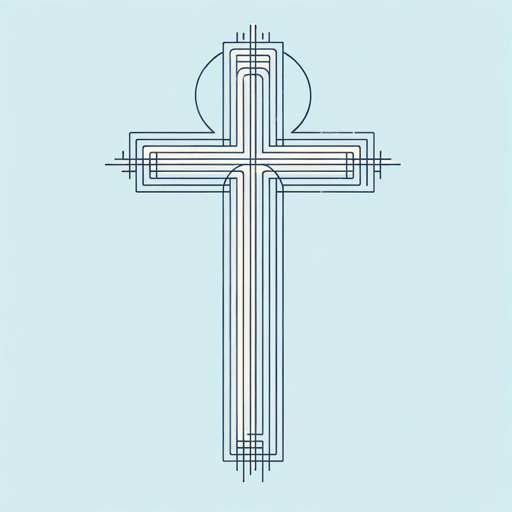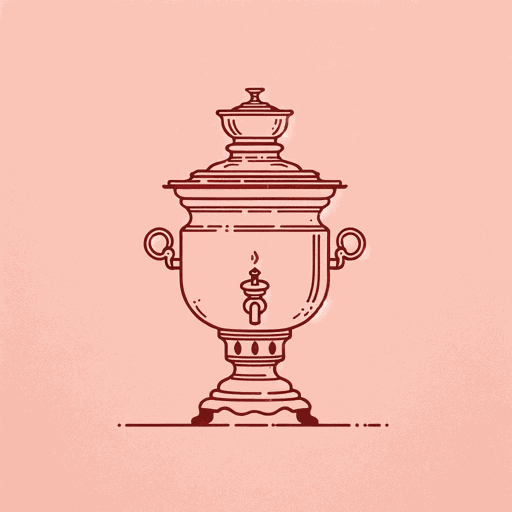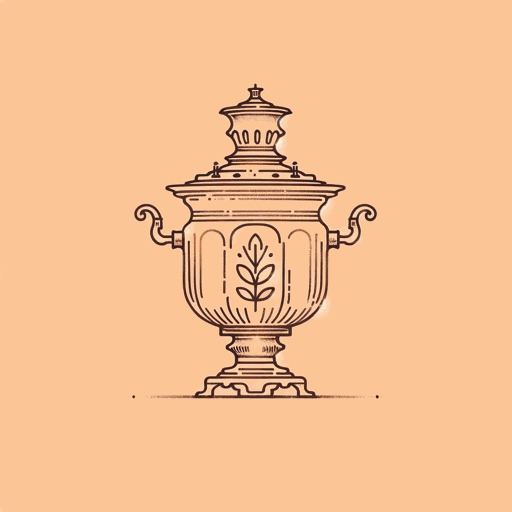19 pages • 38 minutes read
Fyodor DostoevskyThe Grand Inquisitor
Fiction | Poem | Adult | Published in 1880A modern alternative to SparkNotes and CliffsNotes, SuperSummary offers high-quality Study Guides with detailed chapter summaries and analysis of major themes, characters, and more.
Symbols & Motifs
The Grand Inquisitor
The Grand Inquisitor himself is the main symbol of Dostoevsky’s “The Grand Inquisitor.” The Grand Inquisitor symbolizes the Church, especially the Roman Catholic Church. The core values of the Church, as seen through the eyes of the Grand Inquisitor, are core values “miracle, mystery, and authority” (257). In other words, the Church embodies institutional authority, dogma, and the tension between the ideals of the Christian scriptures and the practical demands of human nature. According to the Grand Inquisitor, the Church represents not the teachings of Christ, but rather the rejection of Christ in favor of worldly power. The Church hierarchy asserts itself by manipulating the weaknesses of human nature and promising happiness to those who submit to its authority. The Grand Inquisitor tells Christ that the Church has abandoned the teachings of Christ in favor of those of Satan. The Grand Inquisitor thus becomes a symbol for the failures of organized religion, illustrating the potential dangers of an institution that claims to act on behalf of God while suppressing individual autonomy.
The Temptation of Christ
The Temptation of Christ, an episode from Christian scripture, serves a central and symbolic role in “The Grand Inquisitor.” The Temptation of Christ, as described in the gospels of Matthew, Mark, and Luke, describes Christ going into the wilderness after being baptized by John the Baptist.
Related Titles
By Fyodor Dostoevsky

Crime and Punishment
Fyodor Dostoevsky

Notes from Underground
Fyodor Dostoevsky

Poor Folk
Fyodor Dostoevsky

The Brothers Karamazov
Fyodor Dostoevsky

The Devils (The Possessed)
Fyodor Dostoevsky

The Dream of a Ridiculous Man
Fyodor Dostoevsky

The Gambler
Fyodor Dostoevsky

The Idiot
Fyodor Dostoevsky

